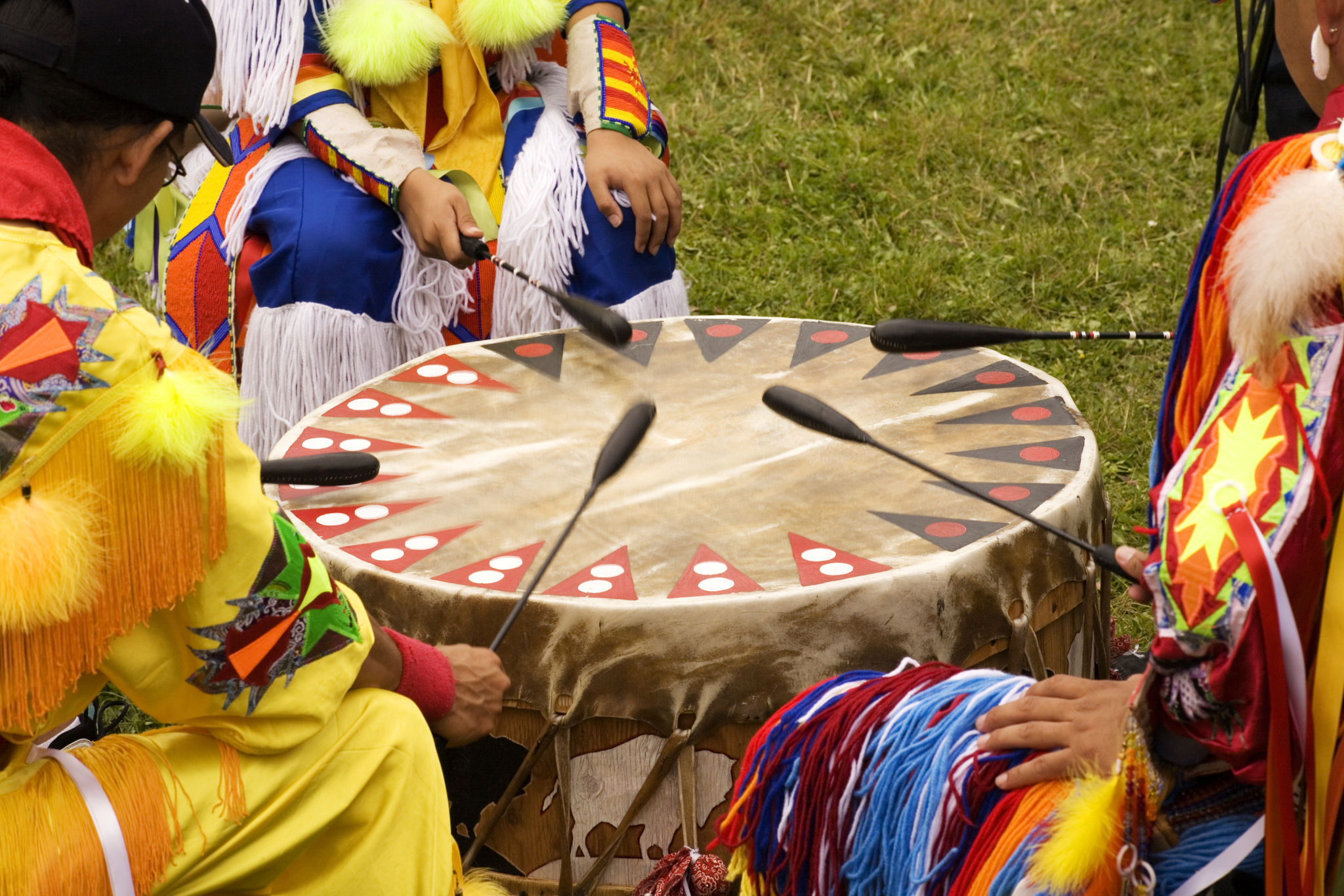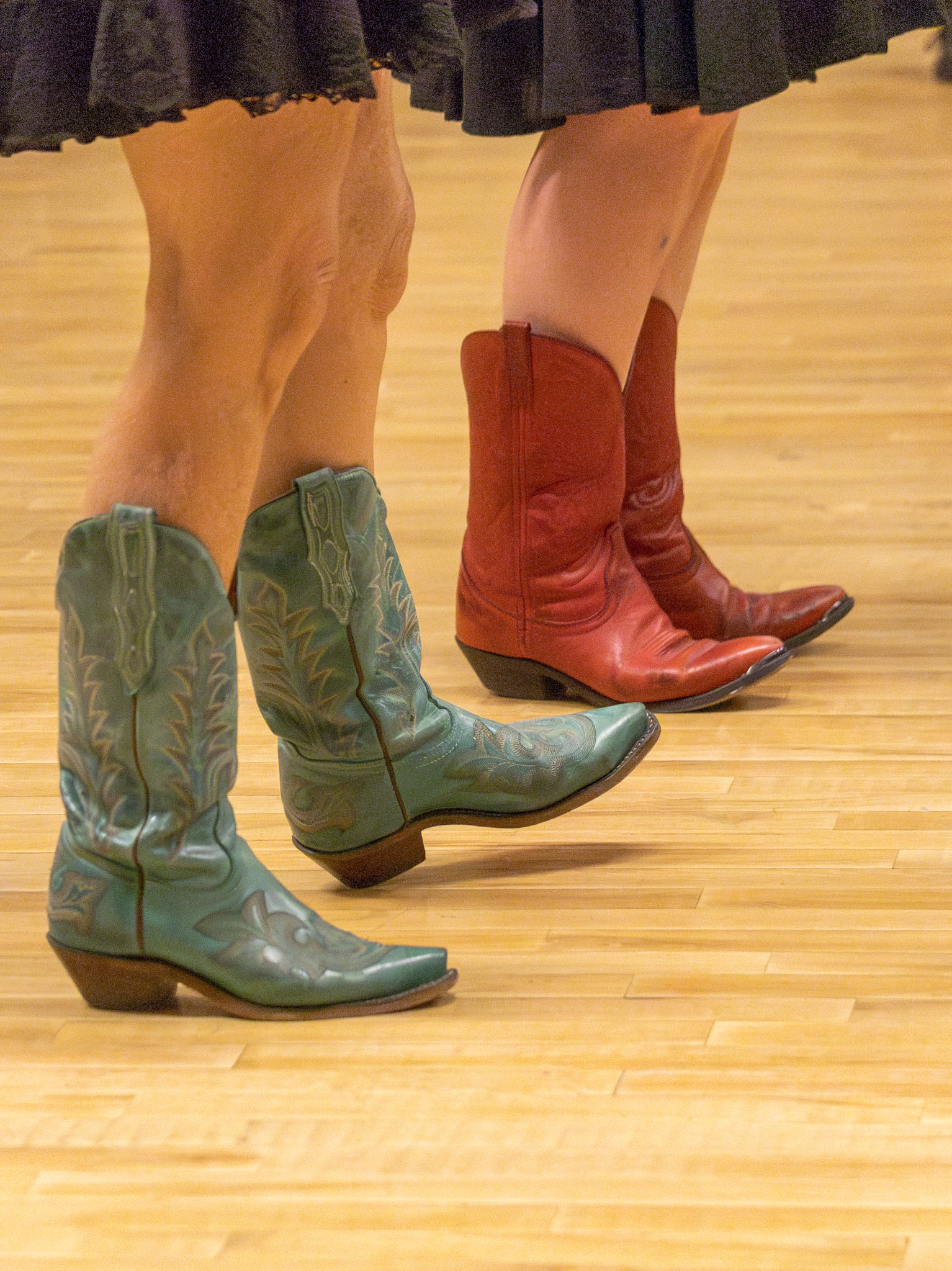How Indigenous Communities in Canada Celebrate Seasonal Festivals
Introduction to Indigenous Seasonal Festivals
Indigenous communities in Canada have a rich tapestry of cultural traditions, many of which are celebrated through seasonal festivals. These festivals are not only a time for celebration but also serve as a means to preserve cultural heritage and strengthen community bonds. Each event is deeply rooted in the natural cycles and the land, reflecting a profound connection to the environment.
These celebrations often feature traditional music, dance, food, and ceremonies that have been passed down through generations. By participating in these festivals, community members honor their ancestors and share their culture with younger generations and visitors.

Understanding the Significance of Seasonal Changes
For many Indigenous communities, the changing seasons are not just a shift in weather patterns but a significant cultural event. These transitions are marked with festivals that celebrate the arrival of new seasons and the natural resources they bring. For example, the Haudenosaunee people celebrate the Strawberry Festival in June to mark the ripening of strawberries, a symbol of life and health.
The seasonal festivals also serve as an opportunity to give thanks to the Creator for the bounty of the earth. These expressions of gratitude are often performed through ceremonies that involve singing, drumming, and dancing, each with its unique significance and rituals.

Key Festivals and Their Traditions
Pow Wows
Pow Wows are one of the most well-known Indigenous festivals in Canada. These gatherings occur throughout the year, with summer being a particularly popular time. They are social events that bring together different tribes, featuring traditional music, vibrant regalia, and dance competitions. Pow Wows are a celebration of Indigenous culture and offer an opportunity for cultural exchange.
Winter Solstice Celebrations
In many Indigenous cultures, the winter solstice is a time for reflection and renewal. Communities gather to celebrate the return of longer daylight hours by holding feasts and storytelling sessions. These stories often teach moral lessons or recount historical events significant to the community's heritage.

Harvest Festivals
Harvest time is another period of celebration across various Indigenous communities. These festivals often coincide with Thanksgiving and involve communal meals featuring traditional foods such as corn, squash, and beans. The celebration is a time to express gratitude for the harvest and the sustenance it provides.
The Role of Art and Music
Art and music play an integral role in these seasonal festivals. Traditional crafts such as beadwork, weaving, and carving are displayed and sold during these gatherings, showcasing the artistic talents within Indigenous communities. Music, including drumming and singing, is central to many ceremonies and dances, providing rhythm and energy to the festivities.
Many festivals also include workshops where visitors can learn about Indigenous art forms and musical instruments. This not only helps preserve these traditions but also educates those outside the community about Indigenous culture.

Preserving Heritage Through Festivals
Indigenous seasonal festivals are more than just celebrations; they are vital in preserving cultural heritage. These events ensure that traditions are kept alive and passed on to future generations. They also provide an opportunity for Indigenous peoples to assert their identity and educate others about their ways of life.
The importance of these festivals extends beyond cultural preservation. They foster a sense of community and belonging among participants, reinforcing social bonds and promoting unity among different tribes and communities.

